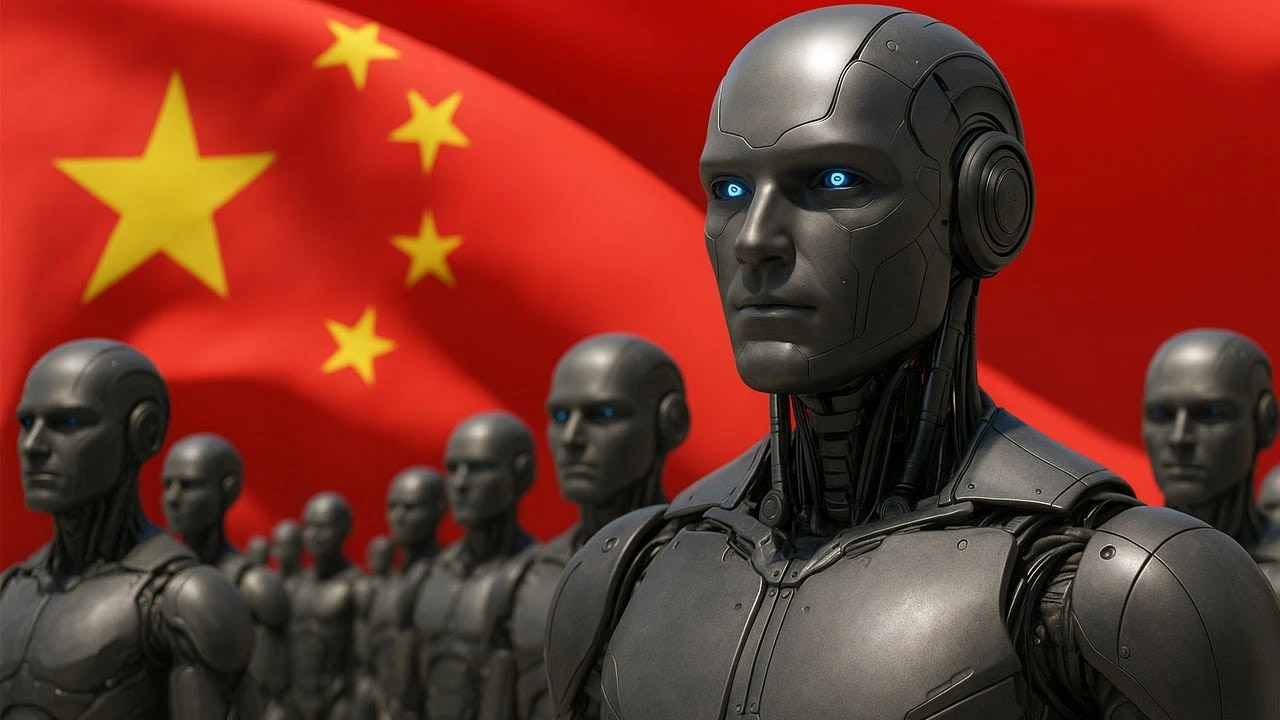Shanghai, China — China’s manufacturing sector continues to hum despite demographic headwinds, with nearly 300,000 new industrial robots installed last year, helping offset a declining workforce and maintaining the nation’s edge as the world’s largest manufacturing hub.
The country installed 295,000 industrial robots in 2024, according to the International Federation of Robotic World Robotics Report, bringing the total number of active machines to a record 2.027 million.
More than half of the 542,000 new robots deployed globally last year were in Chinese factories, underscoring the country’s rapid adoption of automation technologies.
China’s population has declined for the third consecutive year, shrinking by 1.39 million in 2024. The drop, which represents roughly 0.1 percent of the population, has fueled concerns over a potential slowdown in labor intensive industries.
The country’s rapid aging, coupled with fewer young workers entering the labor market, has prompted factory owners to increasingly turn to industrial robots to maintain output levels.
The machines, capable of welding, assembling electronics, and moving heavy loads with precision, have become essential in filling the labor gaps created by the demographic shift. Analysts say China’s focus on automation is a strategic move to sustain its global manufacturing dominance.
“It is an inevitable trend that more simple, repetitive tasks will be handled by robots, while complex and creative work will still require human ingenuity,” said Professor Gao Xudong of Tsinghua University’s School of Economics and Management.
“Despite the shrinking overall population, improvements in workforce education combined with widespread robot use allow China’s manufacturing sector to maintain and enhance its competitive edge.”
Experts note that humanoid robots, designed to resemble humans, represent the next phase of automation in China.
Guangdong based Tiantai Robot secured a landmark order for 10,000 humanoid robots in August, aimed at elderly care services a sector growing in response to the country’s aging population.
While exact deployment figures remain unavailable, commercial scale adoption is advancing rapidly.
China is transitioning toward intelligent industries where robots and humans work alongside each other, Gao added. “However, this shift will also require large numbers of highly skilled technicians to maintain and operate these systems.”
Globally, industrial robot installations rose 9 percent to 4.664 million in 2024. China leads by a wide margin, followed by Japan with 44,500 new installations and the United States with 34,200.
The record 2.027 million active industrial robots in China surpasses all other countries, reflecting the nation’s strategy to integrate automation into manufacturing on an unprecedented scale.
Analysts say the contrast is striking. While the United States and Japan focus on high tech sectors with selective automation, China’s approach is broader, encompassing automotive, electronics, and heavy industry.
The IFR report highlights that industrial robots now account for a significant portion of global production capacity in China, helping offset labor shortages caused by population decline.
At an electronics assembly plant in Shenzhen, factory manager Li Wei said the addition of 800 new robots last year improved production efficiency and reduced workplace injuries.
We simply cannot hire enough young workers for repetitive assembly tasks. Robots have allowed us to maintain output without compromising safety or quality, Li said.
A senior technician at a Shanghai based car factory, who asked not to be named, noted that the growing reliance on robotics has increased demand for skilled maintenance staff. .
The robots are impressive, but they need constant supervision and programming. It is creating a new class of jobs that require technical training, the technician said.
Looking ahead, experts warn that China may face a shortage of skilled labor even with widespread automation. According to a report by China’s Human Resources and Social Security Information Centre, the country could experience a deficit of 50 million high skilled bluecollar workers by 2030.
Meanwhile, the development of humanoid robots is expected to accelerate. Analysts predict that as artificial intelligence and robotics technology mature, robots will take on more sophisticated tasks in manufacturing, logistics, and healthcare.
This shift may help China maintain productivity despite demographic pressures, though it will also require continued investment in education and technical training.
Professor Gao emphasized that the future of China’s manufacturing will be a combination of human skill and robotic efficiency. “Robots can perform repetitive and heavy tasks, but human ingenuity remains indispensable for complex problem solving and innovation,” he said.
China manufacturing sector continues to adapt to demographic challenges through automation. The installation of nearly 300,000 industrial robots in 2024 demonstrates the country’s commitment to maintaining global competitiveness despite a declining and aging population.
While the robot boom offsets some workforce shortages, the nation’s future productivity will depend on balancing intelligent machines with skilled human labor.

